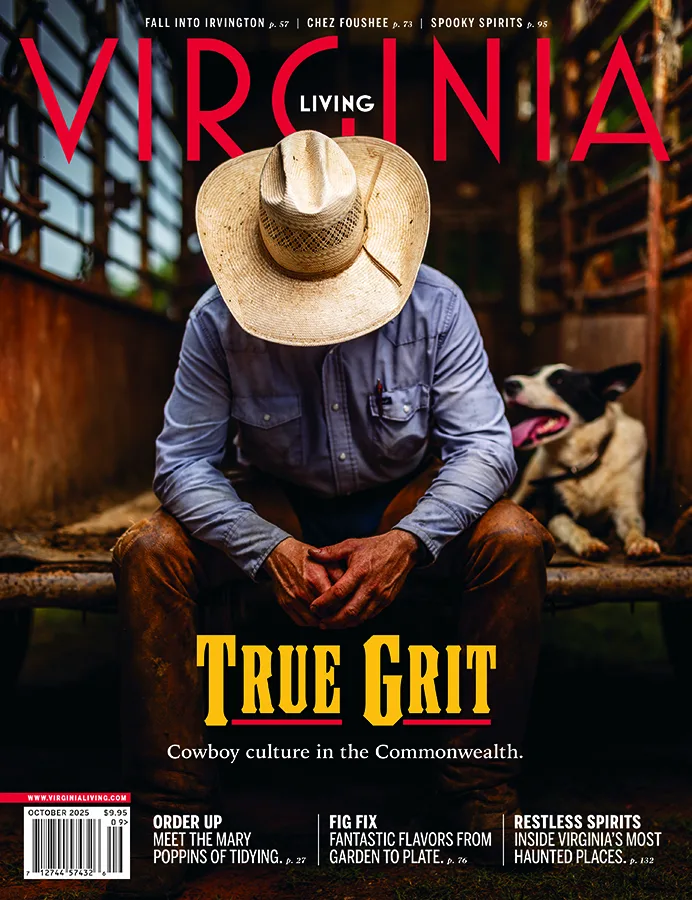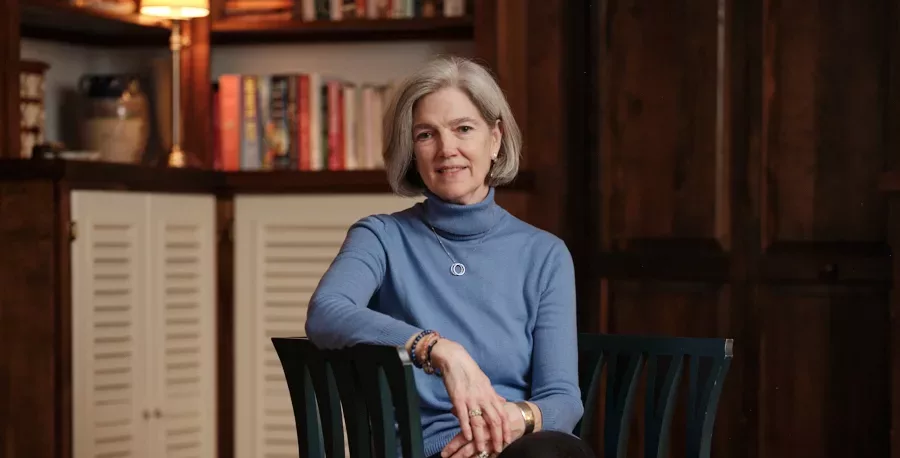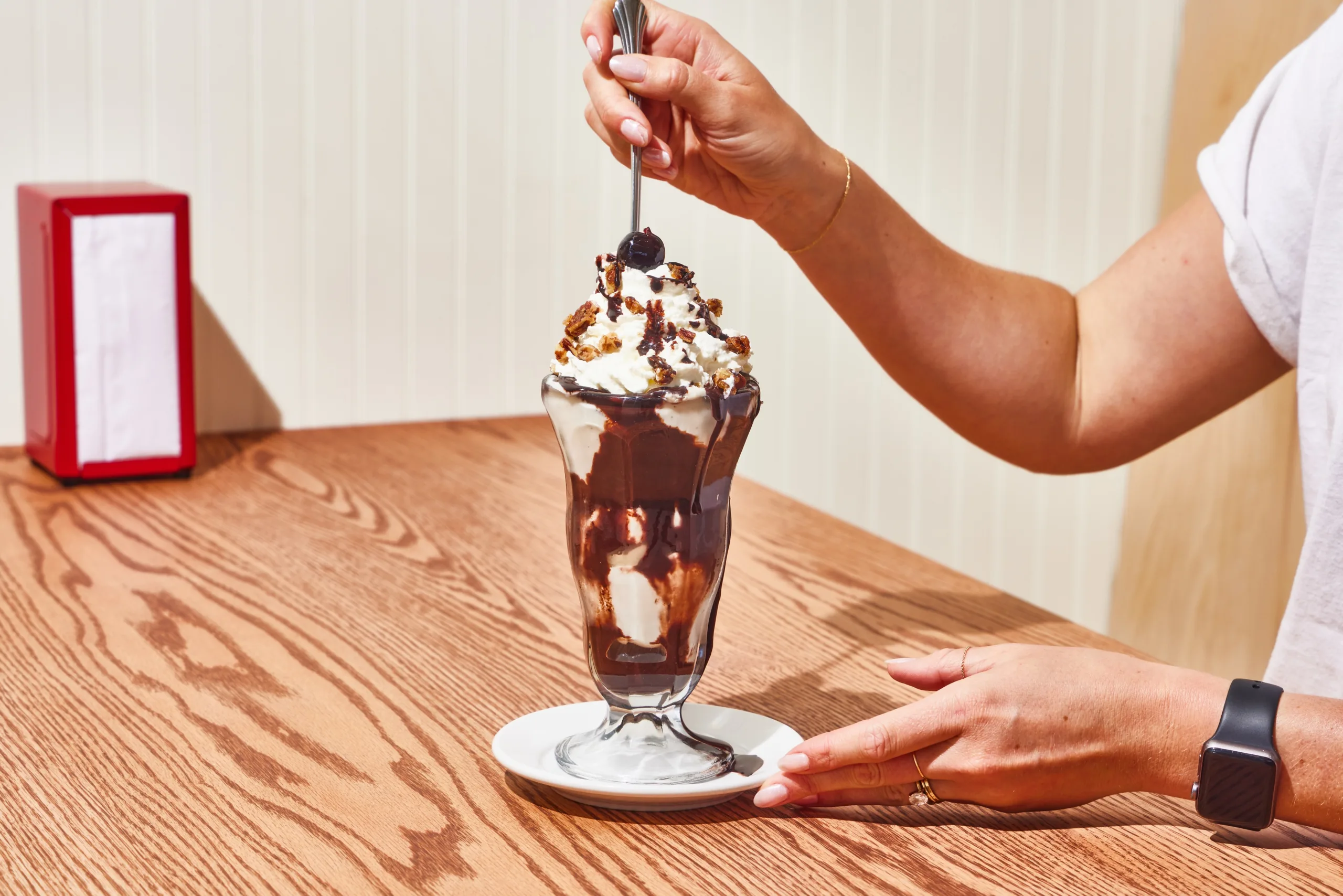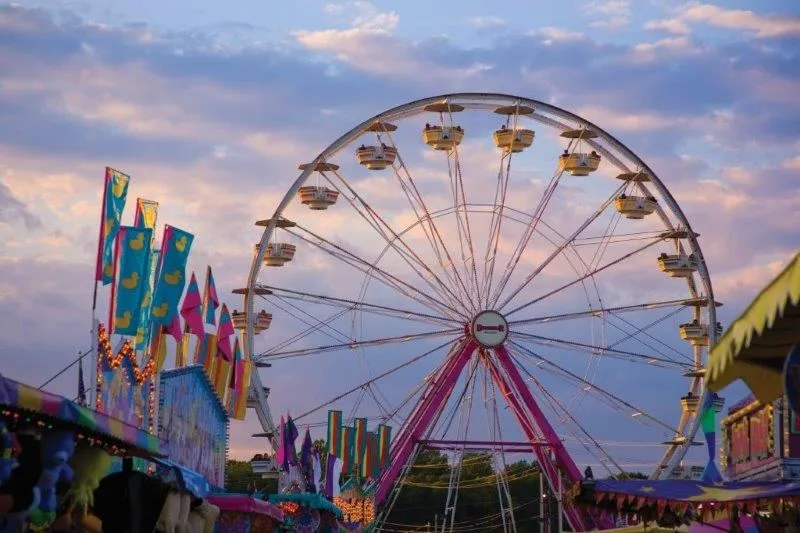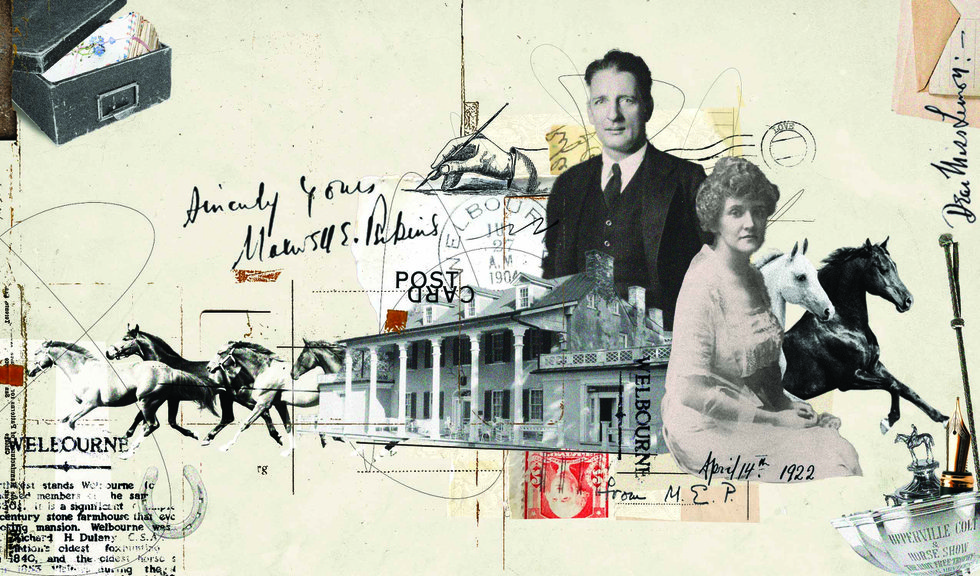That handflex. It’s taken on a life of its own. Matthew Macfadyen as Mr. Darcy in the 2005 Pride and Prejudice movie created an iconic moment in cinema history with a powerful and oh-so-subtle gesture after helping Elizabeth Bennet into her carriage. It’s become a cultural phenomenon, sparking endless debate among Janeites worldwide. Was it an unconscious reaction to their electric connection? A desperate attempt to preserve the fleeting sensation of her touch?
This year marks a double celebration for Austen enthusiasts—the 250th birthday of the beloved author herself, officially on Dec. 16, and the 20th anniversary of Joe Wright’s movie adaptation of Pride and Prejudice.
At sold-out anniversary screenings of P&P, theaters were full of kindred spirits, with fellow Janeites time-traveling to the lush landscapes and intricate social world of Regency England. Fans were unanimously captivated by Darcy’s brooding intensity and the timeless romance that continues to enchant audiences two decades after the movie’s release.
It’s remarkable that Jane Austen scratched out this masterpiece—and others—at her diminutive desk in Hampshire. It was a table, really. Small, three-legged, and 12-sided, where she wrote well into the night with a goose-quill pen and ink well, her work illuminated only by the light of an oil lamp or candle.
And it’s equally remarkable that her sharp commentary and ironic wit continue to resonate with modern readers, dissecting the societal and economic constraints that still echo today. Elizabeth Bennet, Emma Woodhouse, and Anne Elliot are complex, psychologically nuanced characters and feel remarkably modern, finding love while maintaining independence, navigating social expectations, and discovering their authentic selves. Austen’s novels offer readers historical windows into 19th-century England, while addressing timeless themes—pride, prejudice, sense, sensibility, and the tension between conformity and happiness.
As America gears up to celebrate its 250th birthday, Jane Austen fans will be flocking to her old haunts in England. And in Virginia, Austen admirers have their own ways to toast the Queen of Wit. Janie Larus-McShane, a Richmond native, has lived in England for more than 25 years and works as a steward at Jane Austen’s House in Chawton. This devoted Janeite shares a few tips for honoring Austen in the Old Dominion.
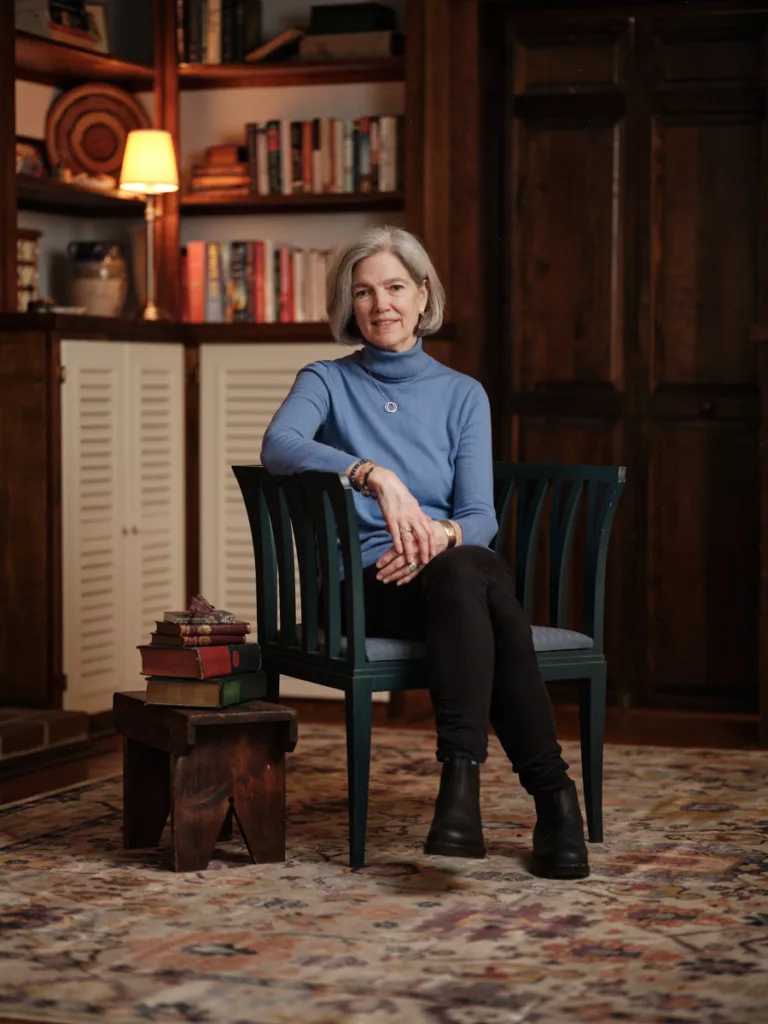
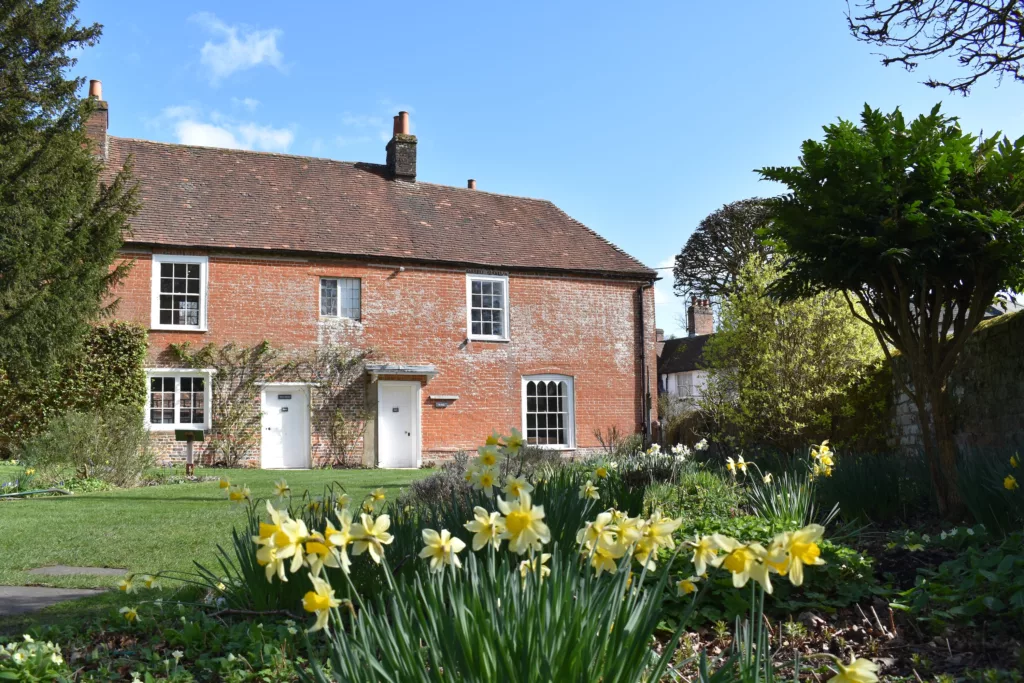
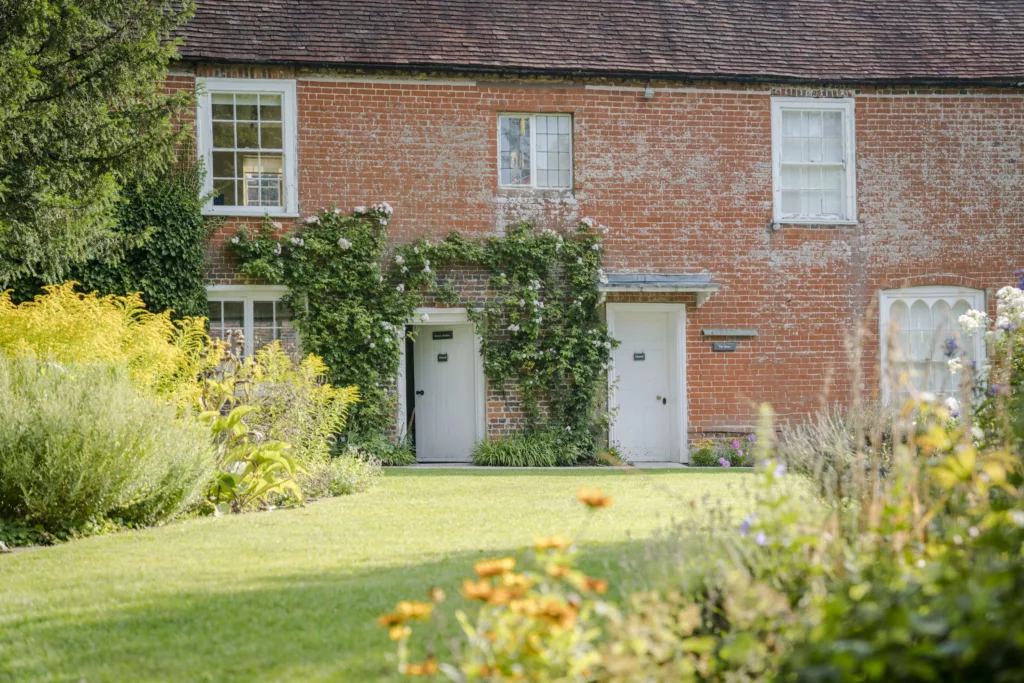
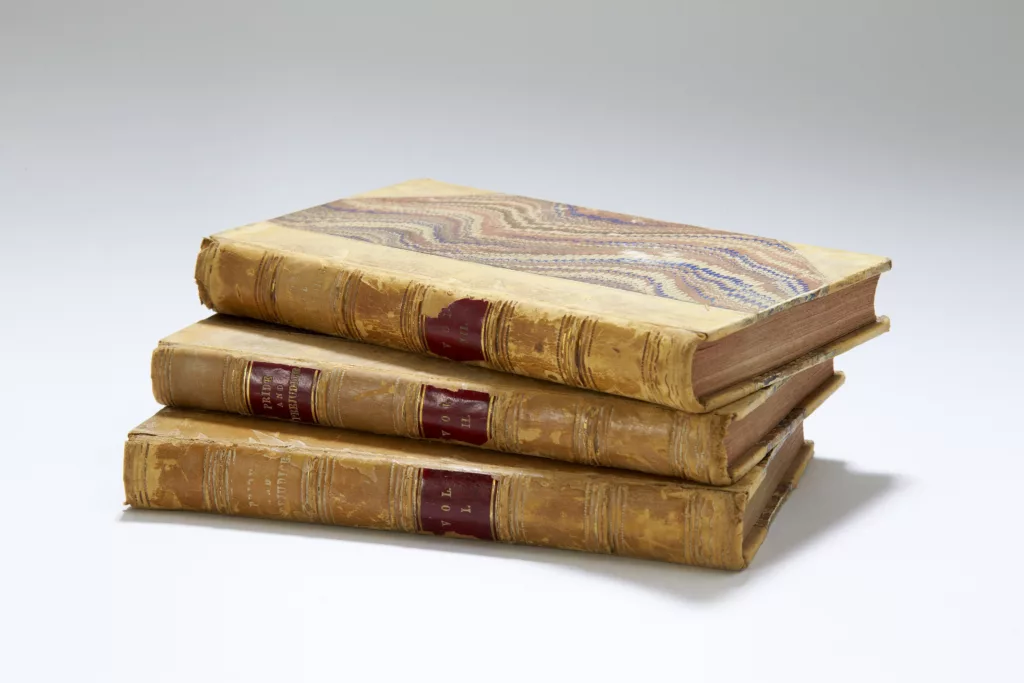
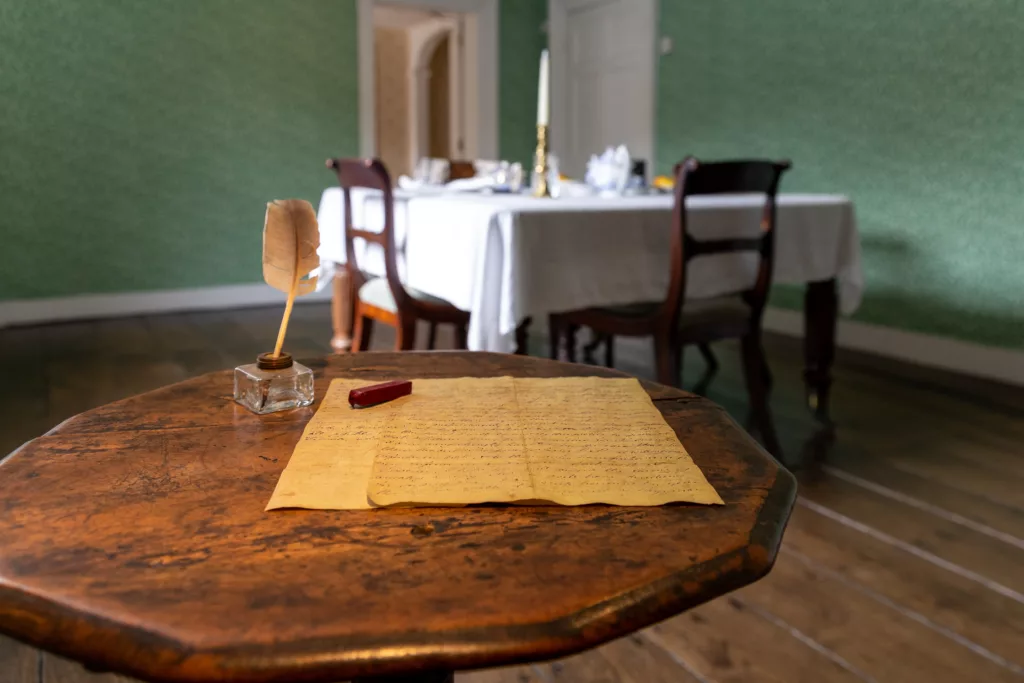
Jane Austen’s writing table at her home in Chawton. Photo by Luke Shears for Jane Austen’s House
Explore Georgian Architecture and Gardens
All over Virginia, there is architecture similar to what Jane Austen knew in England. “Because they are not painted or rendered, they look more like the Georgian style Austen knew,” says Larus-McShane.
Austen’s family maintained a cottage kitchen garden, described by James Edward Austen-Leigh, the author’s nephew, writing, “Trees were planted on each side to form a shrubbery walk, carried round the enclosure, which gave sufficient space for ladies’ exercise. There was a pleasant irregular mixture of hedgerow, gravel walk, and orchard, and long grass for mowing, arising from two or three little enclosures having been thrown together.”
Similar historical gardens can be viewed at Williamsburg’s 301-acre living history site, where historians demonstrate period gardening techniques like hot beds and trellises. “The Austens would have had medicinal plants in their garden too, which was also common in places in Virginia like Williamsburg and at Monticello,” says Larus-McShane.
Spill the Tea
Tea was essential in the Regency era, and Austen’s writings are littered with references to Britain’s favorite drink—even if there isn’t a teaspoon of detail as to the particulars. However, Larus-McShane says that the Jane Austen House does have a tea caddy believed to have belonged to the Austen women, which Jane herself would have commanded at home in Chawton. So enjoying a cuppa while reading one of her books is a perfect way to raise a glass to our literary hero. And if you visit Chawton, don’t miss Cassandra’s Cup, a tea house opposite Austen’s house and named for the author’s only sister.
On this side of the pond, experience tea the Austen way at the many authentic tea houses across the Commonwealth.
Celebrate the Era’s Style
“English fashions arrived in America a bit later,” says Larus-McShane. But examples of the types of Empire waistline dresses we love from the film adaptations of Pride and Prejudice and Emma are in the collections of Richmond’s Valentine Museum, which boasts one of the largest historical costume collections in the South. Fancy, their new exhibit, features Richmonders’ partywear, including those of the Regency style.
If you’re more interested in the historic construction of Georgian-era garments, George Washington’s home, Mount Vernon in Fairfax County, offers frequent sewing and embroidery demonstrations—skills Austen was familiar with.
Consider Interior Design
Despite the financial hardships Austen faced following her father’s death, she remained immersed in sources of creative inspiration. “Among our most cherished possessions at the museum are her father’s Hepplewhite bookcase and two Hepplewhite chairs from her childhood home in Steventon. And, of course, her iconic three-legged writing desk,” notes Larus-McShane.
Such furnishings were not uncommon in the American colonies, as exemplified by the DeWitt Wallace Decorative Arts Museum in Colonial Williamsburg. The museum’s collection, encompassing 8,000 objects from 1670–1840, offers a glimpse into the material world Austen would have intimately known, featuring chairs and tables reminiscent of those that surrounded her.
Spirits of the Parsonage
Jane Austen’s father, the Rev. George Austen, was a clergyman and the rector of the village parsonage in Steventon in Hampshire, where she was born. She lived there for 25 years, so it was a formative place for her, her sister, and their six brothers.
Likewise, in Virginia, we can still see examples of parsonage homes today. In Leesburg, the Old Stone Church was built in 1766 as a Methodist Meeting House and its first parsonage. You can wander the property and imagine Jane Austen strolling her own church grounds, quill mentally poised, ready to skewer local pretensions with the same delicious wit that keeps us devouring her novels two centuries later.
“Why is Jane Austen still relevant? Because she was such an astute observer of humankind,” Larus-McShane says. “We all know a Caroline Bingley. We all know a Mr. Collins. A lot of her characters have wisdom and maturity that can guide us in these troubled times. I do think that in Jane Austen, there are lessons to be learned about how to be a better human.”
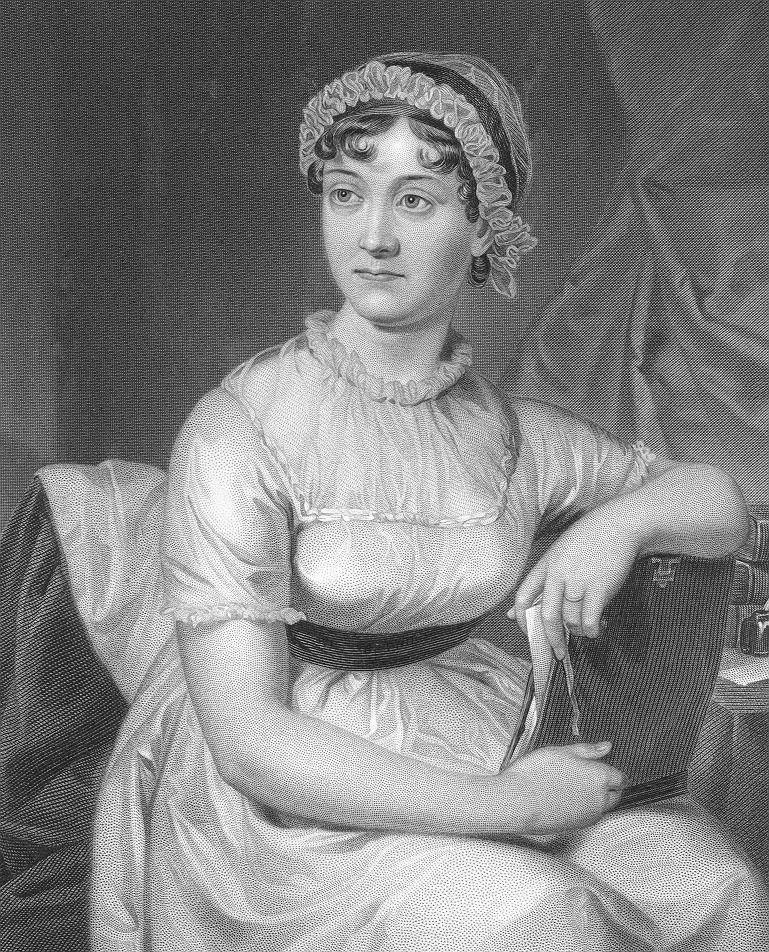
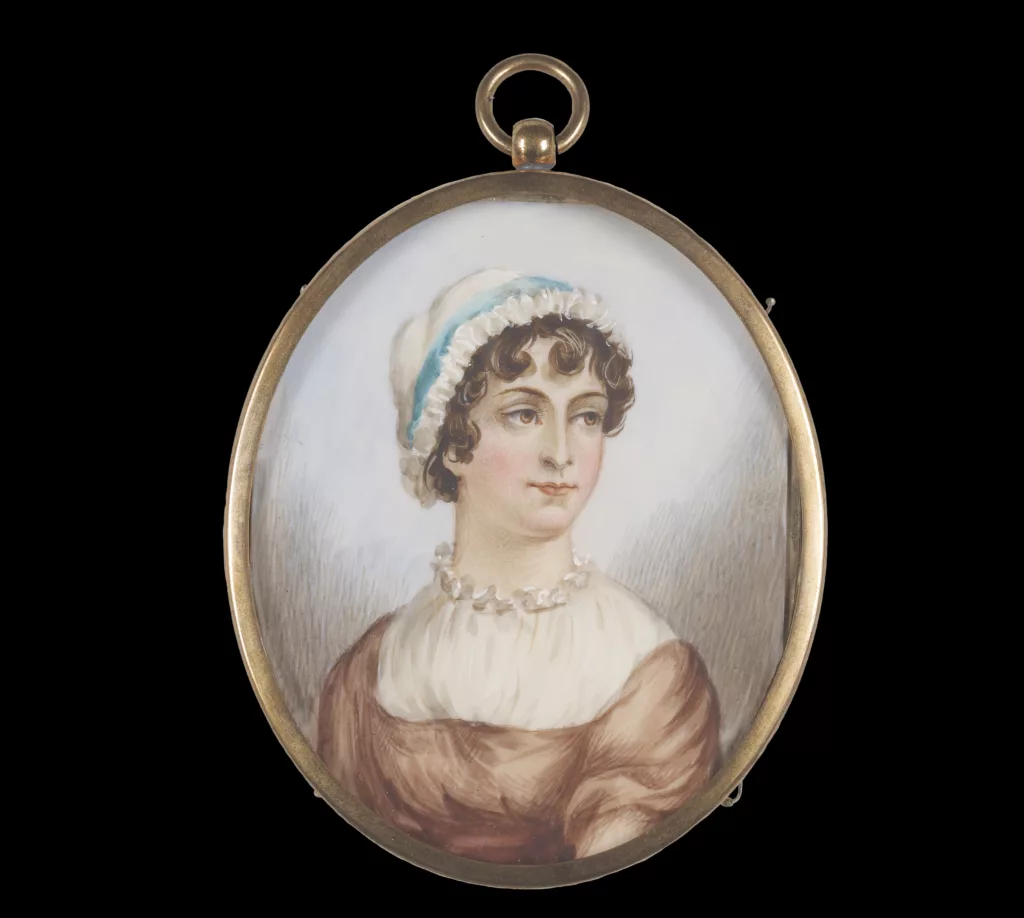
Miniature portrait of Jane Austen (anonymous, 19th century.) Photo courtesy of The Morgan Library & Museum
Austen Intel
Janeites, as fans of Jane Austen are known, are alive and well in our part of the world. The Jane Austen Society of North America, affectionately known as JASNA, has 81 regional chapters in 40 states, including Virginia. Each region plans and hosts local meetings and events—from discussions of Austen’s novels to speaker events, and workshops, some virtual, some in-person. In celebration of the author’s 250th birthday, events are planned throughout the year. Visit JASNA.org for more information.
For hardcore P&P fans, Netflix is producing a new version, starring Olivia Colman, Emma Corrin, and Jack Lowden. The six-part series begins streaming in 2026.
This article originally appeared in the August 2025 issue.
